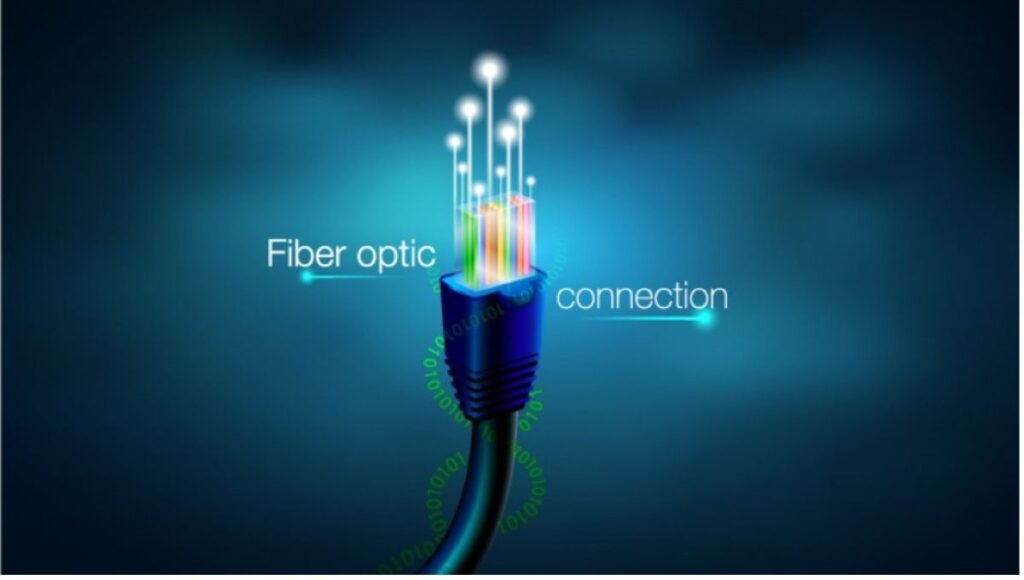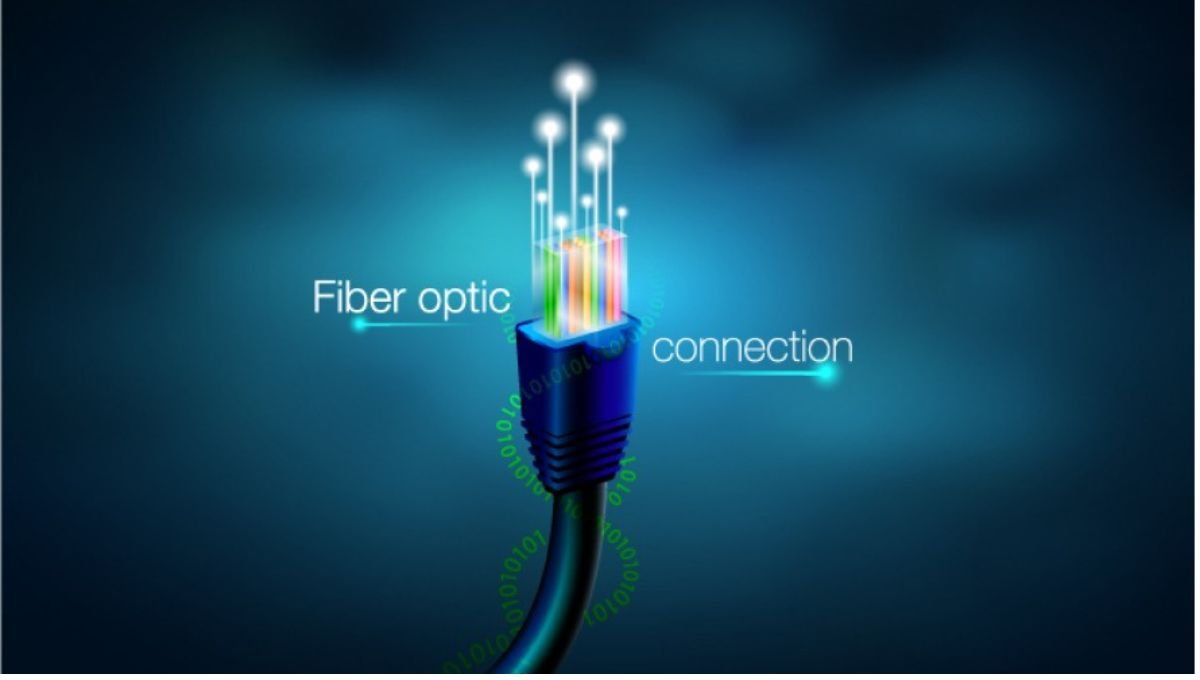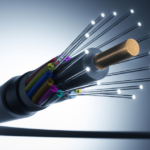
What is an OFC cable?
OFC stands for “Optical Fiber Cable.” It’s a type of cable that uses light instead of electricity to transmit information. This makes it much faster and more efficient than traditional copper cables.
OFC Cable: A Comparison with Copper Cables
| Feature | OFC Cable | Copper Cable |
| Material | Glass | Copper |
| Signal Transmission | Light | Electricity |
| Speed | Very high | Moderate |
| Distance | Can travel long distances | Limited distance |
| Interference | Less susceptible | More susceptible |
| Cost | Higher initial cost | Lower initial cost |
| Maintenance | Lower maintenance | Higher maintenance |
| Applications | Internet, telecommunications, networking, cable TV | Phone lines, local networks |
How Does It Work?
Inside an OFC cable are tiny strands of glass called optical fibers. These fibers are so thin they’re about the size of human hair. Light is sent through these fibers, bouncing off the walls inside. This allows the light to travel long distances without losing much of its signal.
Why is it used?

OFC cables are used for many reasons, including:
- Internet: They provide high-speed internet connections to homes and businesses.
- Telecommunications: They’re used for long-distance phone calls and data transmission.
- Networking: They connect computers and other devices within a network.
- Cable TV: They deliver cable television signals to homes.
Advantages of OFC Cables
- Speed: They are much faster than copper cables, especially for long distances.
- Efficiency: They can carry more data than copper cables.
- Reliability: They are less susceptible to interference and are more durable.
- Security: They are harder to tap or intercept than copper cables.
OFC cables have revolutionized the way we communicate and access information. Their speed, efficiency, and reliability make them an essential part of modern technology.



Pingback: The Dual Strands of Fiber Optic Connections: A Closer Look